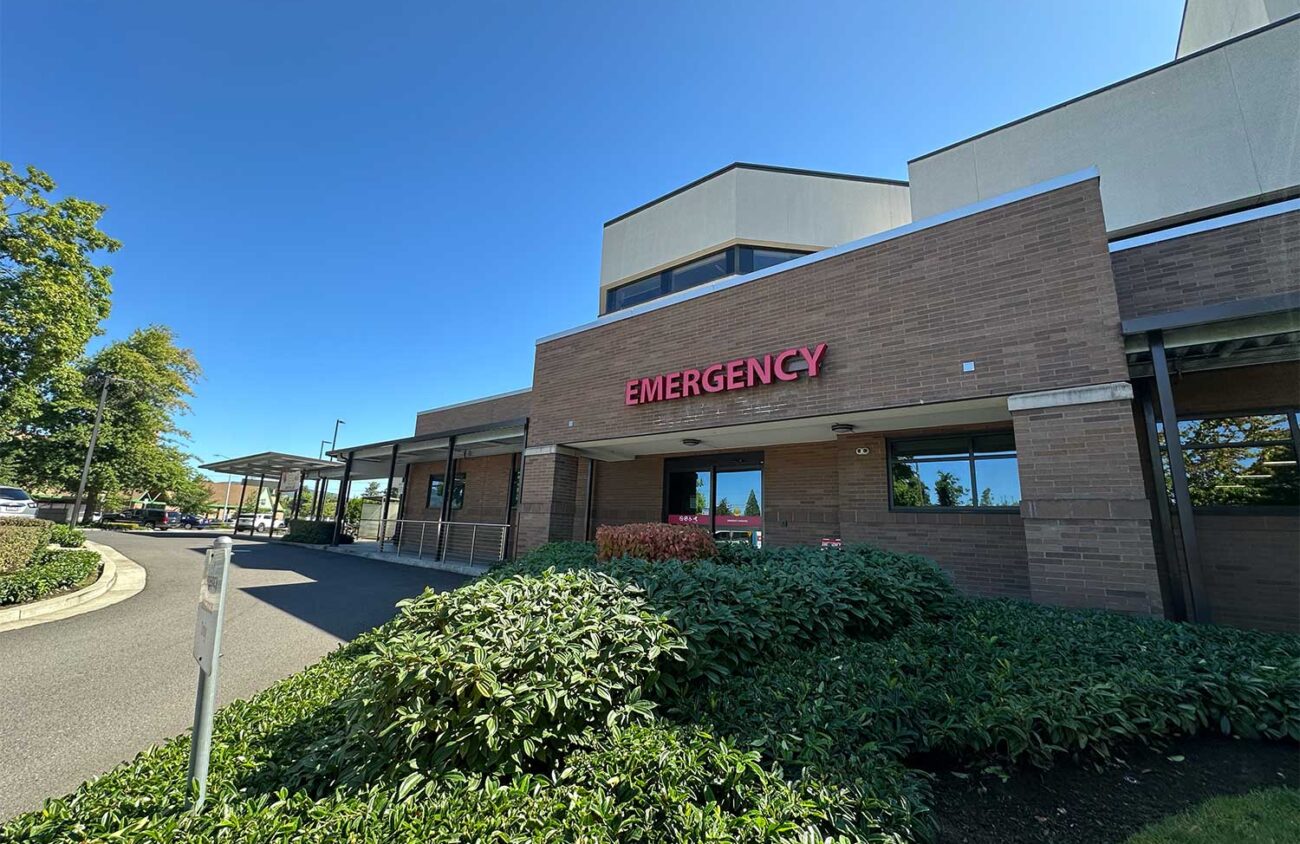Whether it’s illness or injury, our bodies are constantly sending alerts to our brain, signaling when something doesn’t feel right. When painful situations present themselves, the uncertainty and worry about where to go, as well as the cost and care, can add to the debilitating stress.
Life-threatening symptoms call for immediate life-saving strategies. Hospital emergency departments are available for medical support 24 hours a day — every day of the week — offering vast equipment, staff and specialists to attend to immediate needs. Urgent cares, also known as priority care, on the other hand, are for conditions that need to be seen within days.
McKenzie-Willamette Medical Director Dr. Jonathan Wright says of emergency room visits, “We’re managing everything from abdominal pain to chest pain to broken bones and high fever.” And, he adds, “Different demographics also need different kinds of support.”
For example, “elderly patients come in for generalized weakness or falls because, per their demographic, that’s something they deal with more often,” Wright says. With school back in session “kids are sharing germs more than during the summer. Coughs, sore throats, high fevers and infections become more common.”
Calling 9-1-1 can be intimidating, but ensuring safety and life-saving opportunities can be vital during an emergency. When deciding on making the call, “if someone is physically incapable of safely transporting themselves or the subject because of pain or non-responsive, they can call an ambulance,” Wright says.
Something to keep in mind is “you are calling a resource, every time the ambulance transports someone, they are tied up in the field,” Wright says.
Extreme medical injuries are considered emergencies because they require immediate action, like surgery. Hospitals have the ability to provide life-saving care, surgery or medication, if necessary. Emergency departments are also equipped with the necessary tools to diagnose heart attacks, seizures, uncontrolled bleeding and severe abdominal pain.
Wright says McKenzie-Willamette Medical Center is a Level III trauma facility. PeaceHealth Sacred Heart Medical Center Riverbend in Springfield is a trauma II facility. Oregon has two Level I trauma centers, both in Portland — at Oregon Health & Sciences University and Legacy Emanuel Medical Center. They provide “the highest level of definitive, comprehensive care for the severely injured adult and pediatric patient with complex, multi-system trauma,” according to the Oregon Health Authority.
OHA says Level II centers provide “definitive care for severely injured adult and pediatric patients with complex trauma,” and Level III trauma centers provide “initial evaluation and stabilization, including surgical intervention, of the severely injured adult or pediatric patients and stabilization of injured patients and emergency operations.”
Both of the area’s major medical centers are in Springfield, and with two emergency rooms serving a metro area of almost 400,000, attending the needs of the community is a challenge for medical staff in the area.
Long wait times and lack of personal connection can impact a painful emergency room visit. McKenzie-Willamette Medical Center has the ability to attend to visitors’ needs quicker due to not being a Level II facility. “We don’t have that kind of patient demand on our staff, resources and equipment — those that are the sickest get prioritized,” Wright says of McKenzie-Willamette, which has plans to build a satellite ER in west Eugene.
PeaceHealth also has urgent care facilities to fill the void between life-threatening care and a distant doctor’s appointment, as does BestMed Urgent Care and others. Most urgent care centers are equipped with diagnostic machines like X-ray, EKG and labs for diagnosing non-life threatening injuries.
On August 13, PeaceHealth announced the opening of Valley River Pediatric Priority Care Clinic — the first urgent care clinic specifically for kids in the Eugene and Springfield area.
“The importance for opening a child clinic is to address the medical needs for kids, while having a kid friendly focus and open environment for everyone,” says Dr. Serena Black, PeaceHealth pediatric medical director.
Wright says reasons for an ER visit include severe pain, uncontrolled bleeding, pain or shortness of breath, abdominal pain or pressure, seizures, strokes, broken bones and severe allergic reactions. Meanwhile, an urgent care, like the new pediatric one, might address conditions from an “infant rash to a broken teenage finger, to an ear infection, fever or even stitches.”
McKenzie-Willamette Medical Center-Springfield is open 24 hours at 1460 G Street, Springfield. Visit MckWeb.com or call 541-726-4400 for more information. Emergency Department and Trauma Center at PeaceHealth Sacred Heart Medical Center RiverBend is open 24 hours at 3333 Riverbend Drive, Springfield. Visit PeaceHealth.org to find the nearest clinic or for more information.
